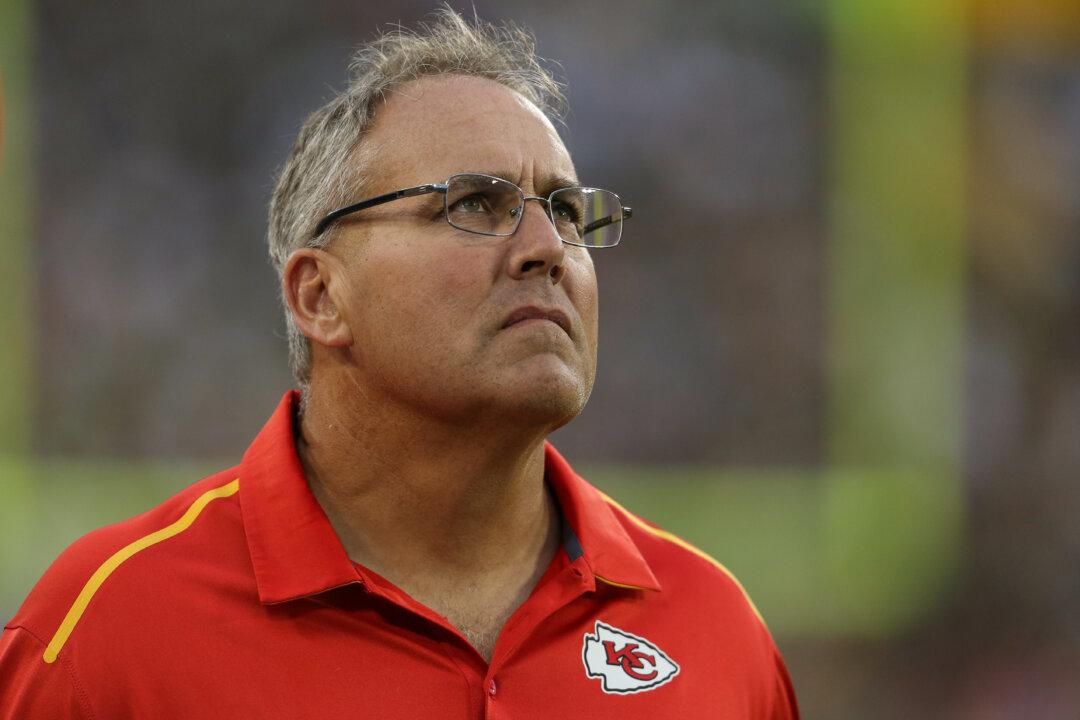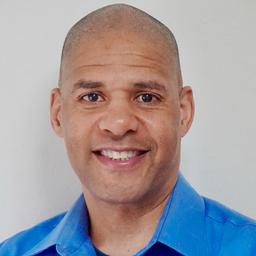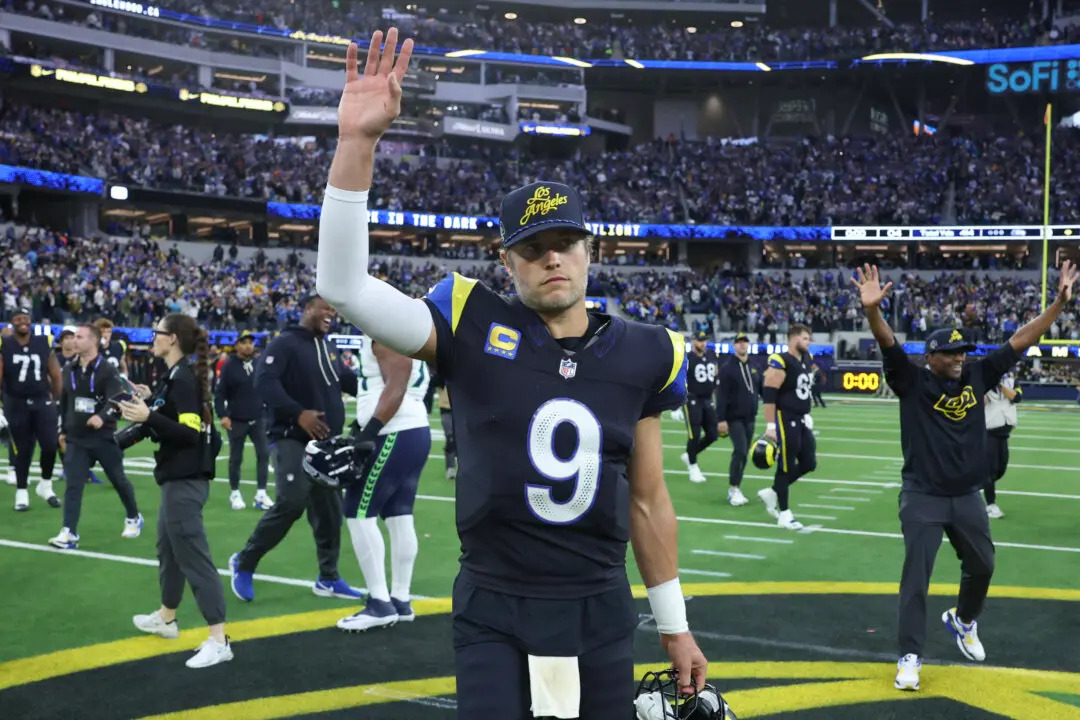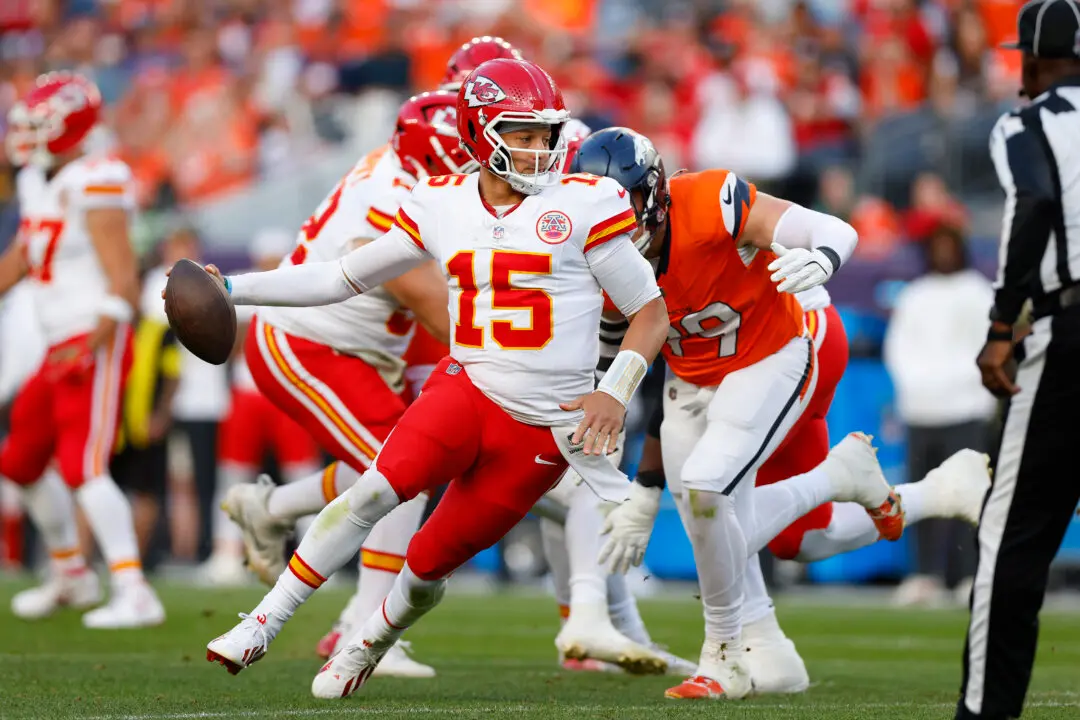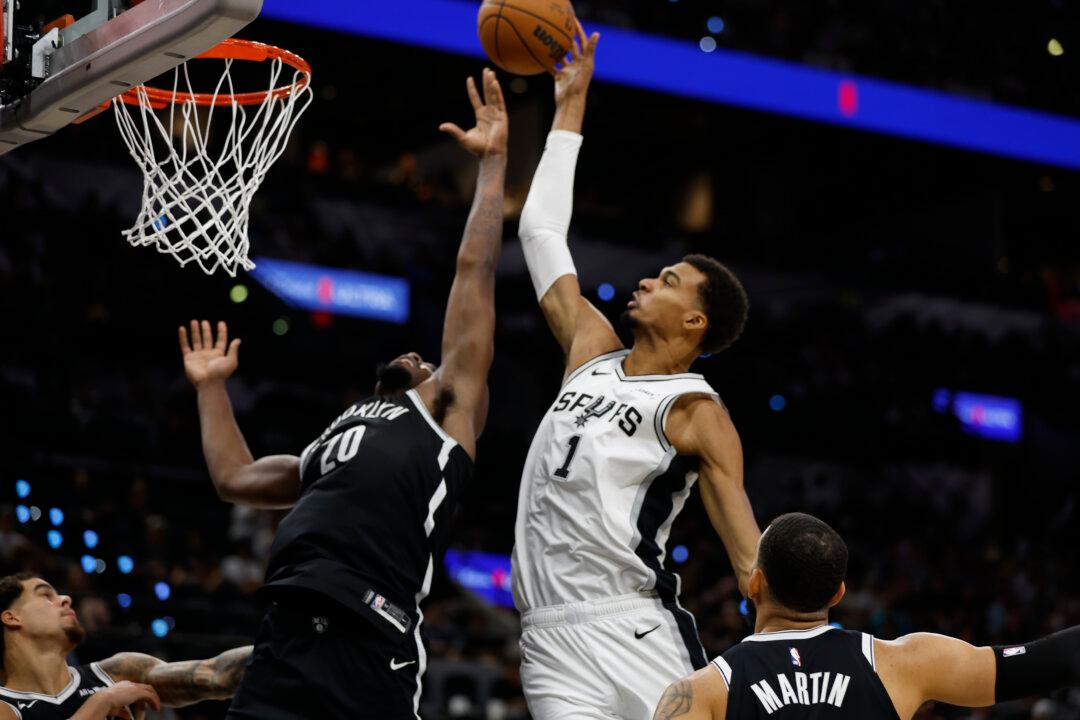It’s as common a scenario during a National Football League game as a tackle for loss: an aficionado of the game tries to explain the rules to a curious onlooker. Deep into a murky pool of unfamiliar terminology and rules, when asked if they understand, the novice’s mouth says, “yes,” but the eyes say, “whoa.”
Football rules have for decades required an interpreter for what can seem like another language to those new to the NFL, which saw its teams open minicamps this week. The game is complex and newcomers benefit greatly from explanations accompanied by film, visuals and, importantly, time to absorb it all.
